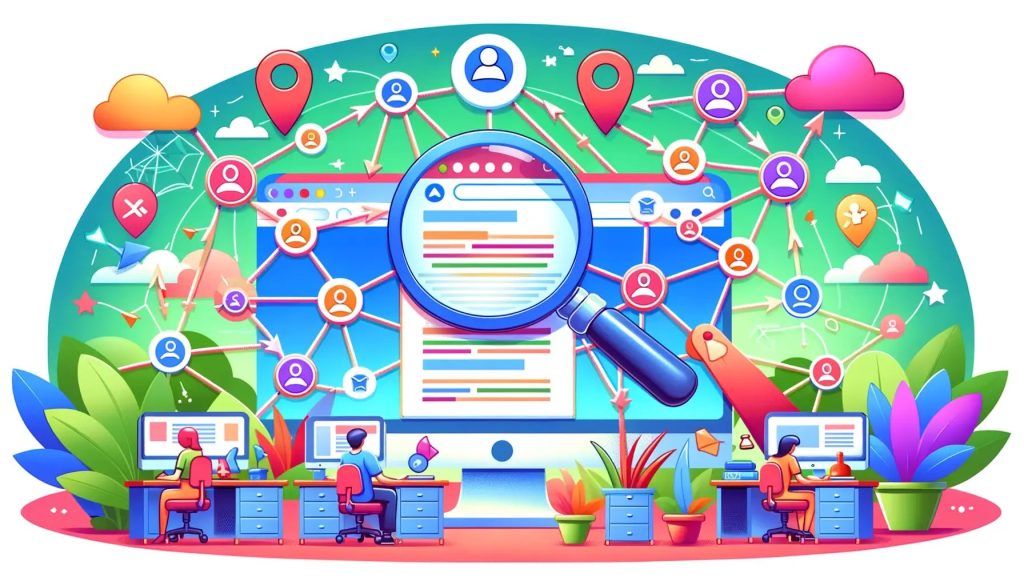Internal linking is the practice of hyperlinking pages within the same website, creating a network of interconnected content. It plays a crucial role in search engine optimization (SEO) by improving crawlability, enhancing user experience, and distributing page authority.
By strategically placing internal links, websites can guide users and search engine crawlers through their content, increasing the visibility and ranking potential of individual pages.
Overview of What’s New in 2024
While the fundamentals of internal linking remain consistent, SEO strategies must adapt to keep pace with evolving search engine algorithms and user expectations. In 2024, the focus is on creating natural, contextually relevant internal links that enhance the user experience.
This guide will explore the latest best practices, strategies, and techniques to maximize the potential of internal linking for improved SEO performance.
What is Internal Linking?
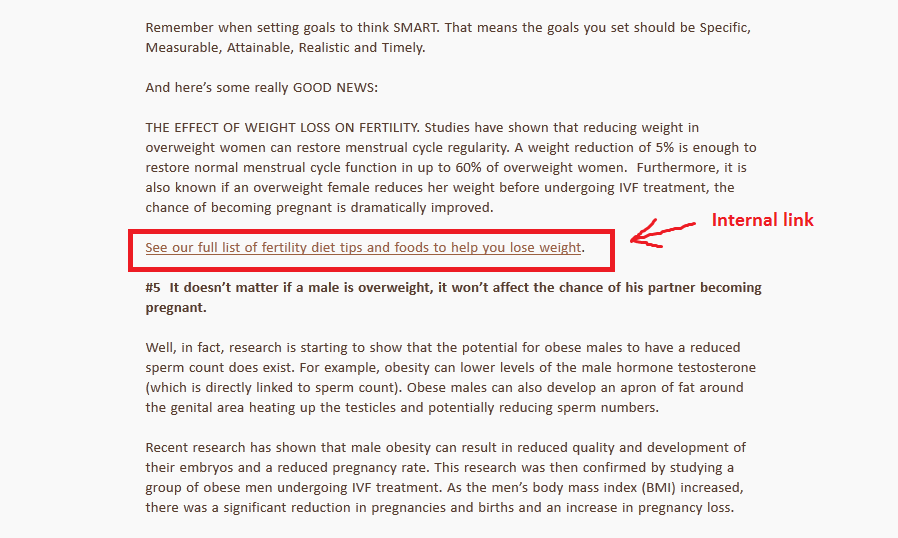
Internal linking refers to the hyperlinks that connect different pages within a single website. These links allow users to navigate between pages, access related content, and explore the website more efficiently. Internal links play a vital role in both user experience and search engine optimization.
Difference Between Internal and External Links
It’s important to distinguish between internal and external links. Internal links connect pages within the same domain, keeping users engaged with your content. External links, on the other hand, direct users to pages on different websites, expanding their online journey beyond your site.
Both types of links serve distinct purposes, with internal links being particularly crucial for SEO as they distribute ranking power and help search engines understand the hierarchy and importance of your website’s content.
Types of Internal Links
There are several types of internal links, each serving a specific purpose:
- Navigational Links: These links facilitate site navigation, typically found in menus, headers, or footers. They help users move between primary pages and are essential for a seamless user experience.
- Contextual Links:

Contextual links are embedded within the body of a webpage, connecting related pieces of content. They provide additional context and enhance the user’s understanding of the topic.
- Footer Links: Footer links are often used for site-wide links, such as terms of service, privacy policies, and contact pages. They provide quick access to important information across the website.
- Related Content Links: These links suggest related articles, products, or services, keeping users engaged and increasing page views.
The Benefits of Internal Linking
Improved Crawlability and Indexation
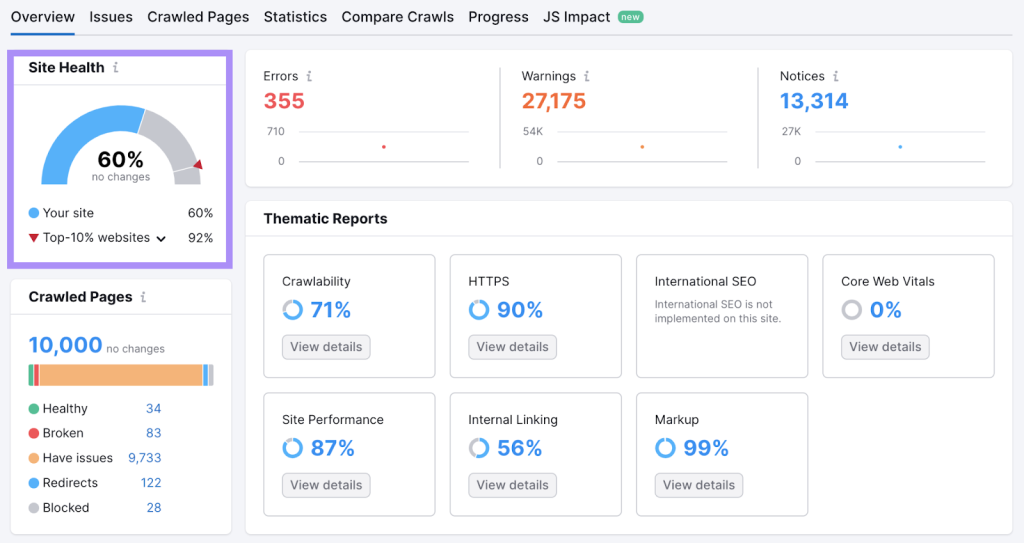
Internal links act as pathways for search engine crawlers, helping them discover and index your website’s pages.
- Enhanced User Experience: Internal links improve the user experience by providing seamless navigation and access to relevant information.
- Better Distribution of Page Authority and Ranking Power: Internal linking helps distribute page authority and ranking power across your website.
- Increased Page Views and Reduced Bounce Rates: By strategically placing internal links, you encourage users to explore more pages on your site, increasing overall page views.
How Internal Linking Affects SEO
1. Google’s Perspective on Internal Links
Google’s search algorithms value internal linking as it helps crawlers understand the context, relevance, and importance of web pages. Google’s John Mueller has emphasized that internal linking is “extremely important” for SEO, as it helps search engines “understand the context of pages” and “how they relate to each other.”
2. The Role of Anchor Text
This helps search engines understand the relevance and importance of the linked content, influencing its ranking potential.
3. How Internal Links Influence PageRank
When one page links to another, it passes a portion of its PageRank, boosting the recipient page’s authority. This flow of authority through internal links helps search engines identify the most important and valuable pages on your website.
Best Practices for Internal Linking in 2024
1. Creating a Logical Link Structure
A well-structured internal linking strategy involves creating logical connections between pages. Group related pages together, using parent and child relationships, to establish a clear hierarchy.
2. Using Descriptive Anchor Text

Avoid generic terms like “click here” or “read more.” Instead, use keywords or phrases that accurately describe the content, improving user experience and providing additional context for search engines.
3. Balancing Link Quantity and Quality
While internal linking is beneficial, it’s important to strike a balance. Avoid excessive internal linking, as it may dilute the value passed between pages.
4. Avoiding Over-Optimization and Link Spam
Resist the temptation to over-optimize anchor text or engage in link spamming practices. Use natural and varied anchor text, and ensure that internal links occur organically within the content
Common Internal Linking Mistakes to Avoid
- Ignoring Orphan Pages–
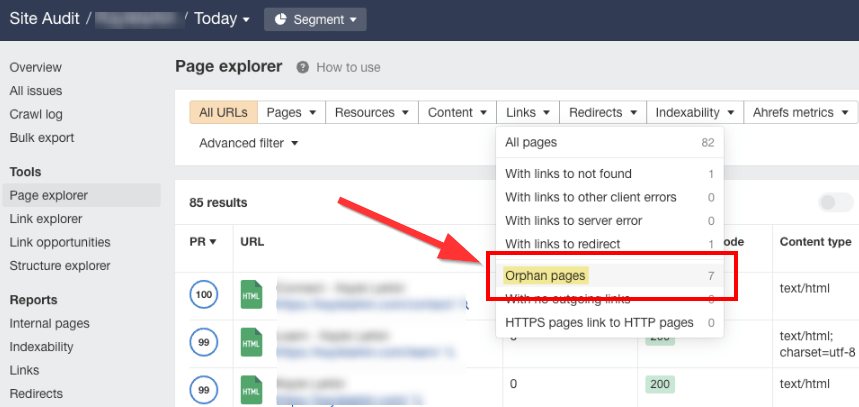
Ensure all pages have at least one internal link pointing to them to avoid creating orphan pages that crawlers and users cannot easily find.
- Overusing Exact Match Anchor Text–
While exact match anchor text is valuable, overusing it may appear manipulative. Diversify your anchor text to maintain a natural link profile and avoid potential penalties.
- Failing to Update Broken Links–
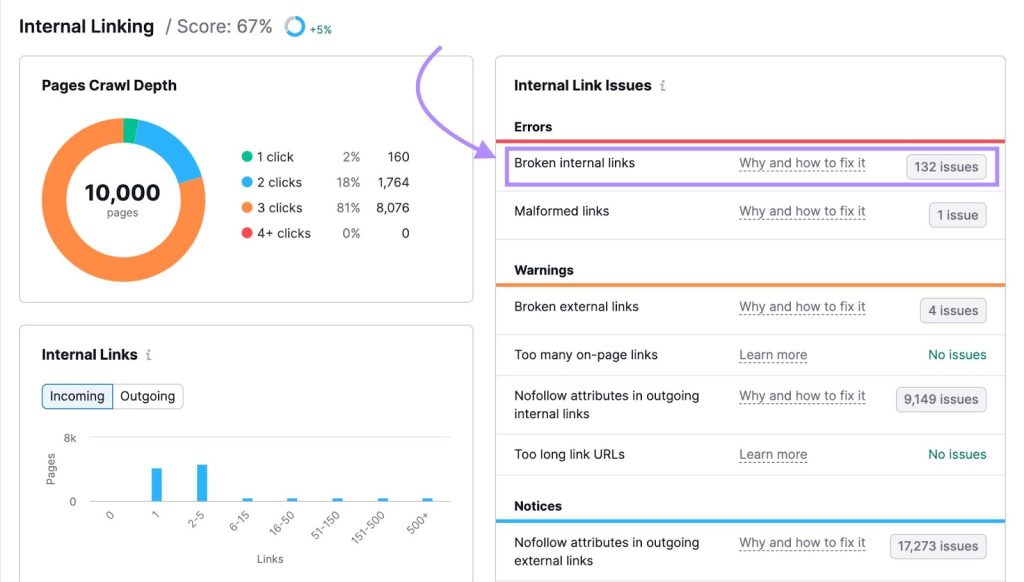
Regularly check for and fix broken internal links to ensure a seamless user experience and maintain crawlability.
- Neglecting Deep Linking–
Deep linking involves linking to pages beyond the homepage, ensuring that crawlers can access and index your site’s content efficiently
Future Trends in Internal Linking for SEO
1. The Impact of AI and Machine Learning
AI and machine learning are expected to play a more significant role in internal linking. Predictive linking algorithms can analyze content and suggest relevant internal links, enhancing user experience and SEO.
2. Predictive Linking Algorithms
As AI advances, predictive linking algorithms will become more sophisticated. These algorithms will be able to anticipate user needs and provide dynamic internal links based on user behavior and preferences.
3. The Role of Internal Linking in Voice Search SEO
With the rise of voice search, internal linking becomes even more crucial. Optimizing for voice search queries involves creating natural, conversational content and using internal links to reinforce the context and relevance of pages.
Implementing an Internal Linking Strategy
- Conducting an Internal Link Audit–
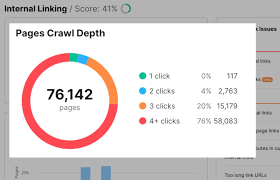
Regularly audit your internal link structure to identify areas for improvement. Use tools to crawl your website, analyze link distribution, and identify orphan pages or broken links.
- Mapping Out Your Site’s Link Structure–
Visualize and plan your website’s link structure using tools like mind maps or link flow diagrams. Identify the most important pages and establish logical connections between them, creating a clear hierarchy and flow of link equity.
- Regularly Updating and Maintaining Internal Links–
Internal links should be regularly reviewed and updated to ensure they remain relevant and functional. Keep an eye on broken links, especially after website changes or redesigns, to maintain a seamless user experience.
Measuring the Impact of Internal Linking on SEO Performance
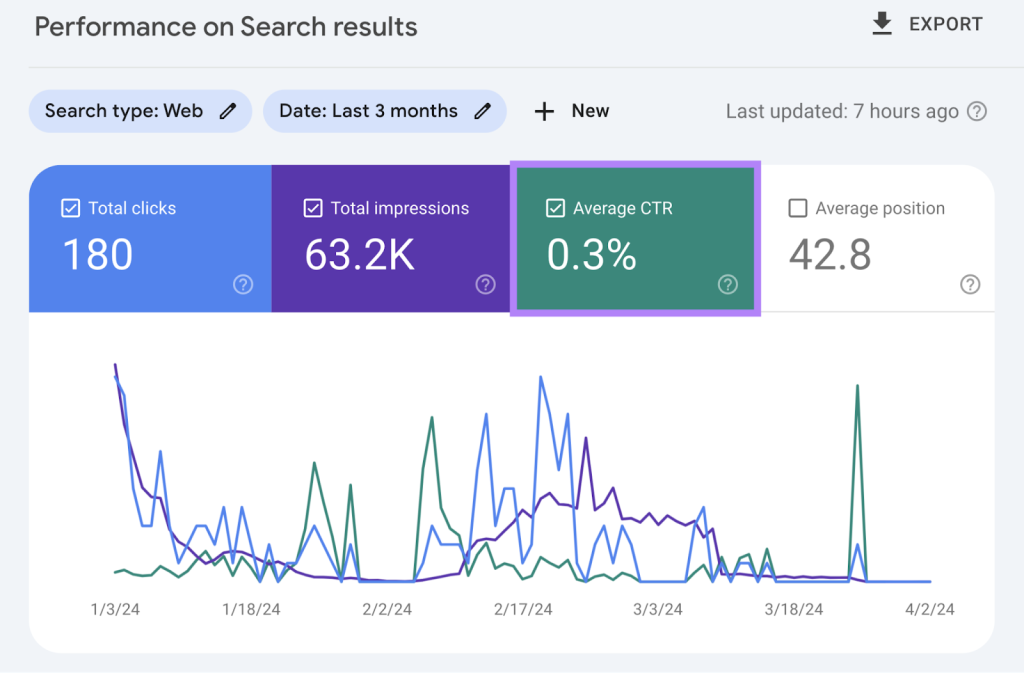
Use analytics tools to track the impact of your internal linking strategies on SEO performance. Monitor metrics like page views, average session duration, bounce rate, and, most importantly, ranking improvements for targeted keywords.
Conclusion
Internal linking is a fundamental aspect of SEO, impacting crawlability, user experience, and page authority. By creating a logical and effective internal link structure, you can enhance your website’s visibility, engage users, and boost your pages’ ranking potential.

